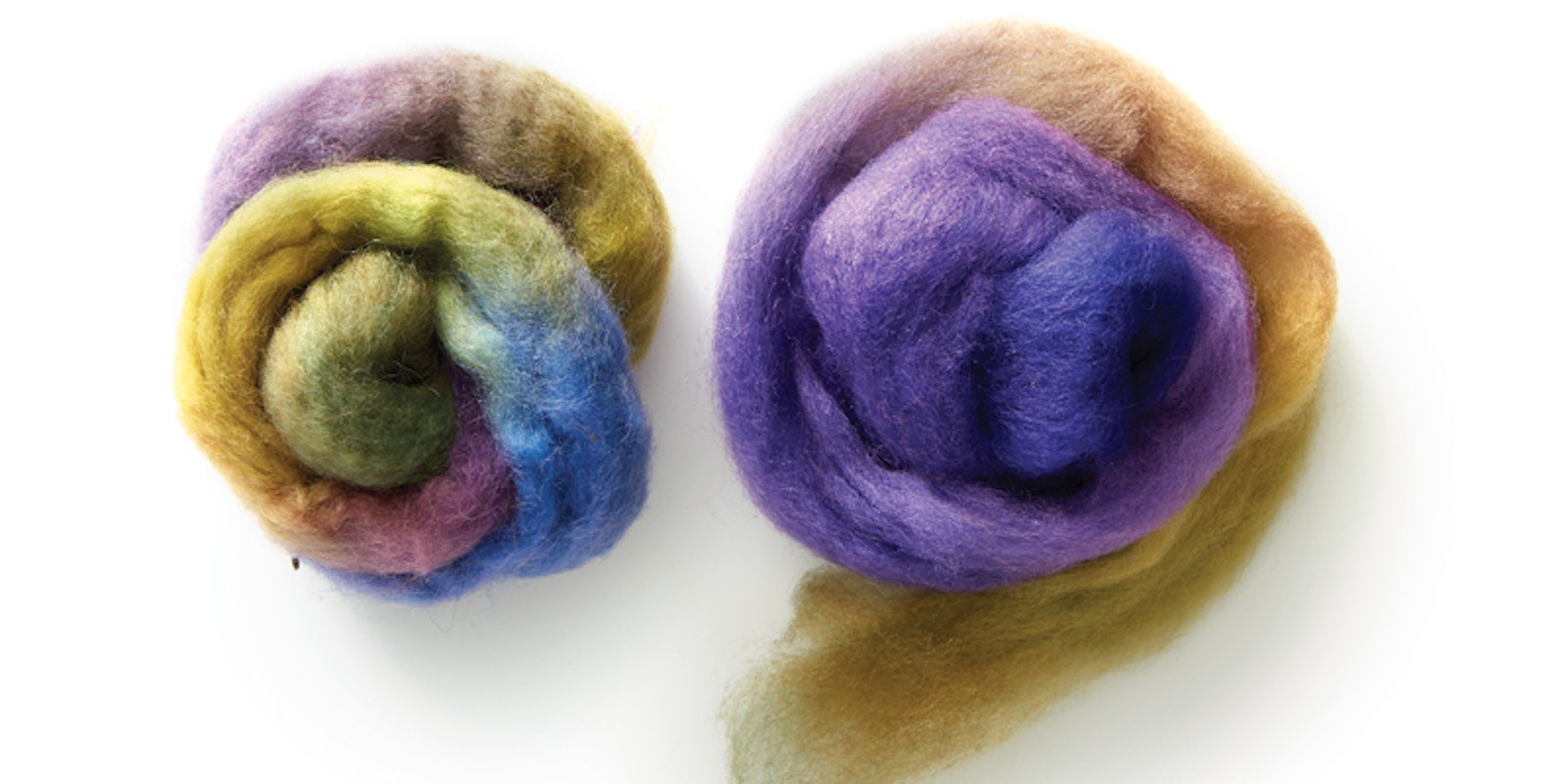Q. If I process hemp like flax, will I need special tools? AA: All things being equal, hemp and flax handle about the same, and with the same tools. In general, hemp is a coarser fiber than flax, but that isn’t always the case. We have seen hemp strick that was as nice, as fine, as any flax either of us had worked with. Now, you may get a pronounced difference in fiber length: good hemp ranges from, say, 6 to 10 feet in length, while flax is exceptional if it reaches 4 feet in length. Hemp may have a “waxy” feel about it. That depends upon the preparation. Hemp seems heavier than flax, or at least some people perceive it that way. The only real difference between flax and hemp gear is that the hemp needs larger working areas.
SG: The main problem with wool hackles (or combs, for that matter) is that these tools are meant to detangle and take out the short wool bits. The cross section of a wool hackle or comb pin is round and the pin is smooth. Those made for bast fibers are square, with sharp edges as well as points. They are intended to pierce the fiber and make it finer. Many wool combs are pretty light-duty. When used as a hackle, a comb may suffer significant damage: the pins could bend or dislodge. Q. We don’t have any of those spiked hackle blocks--how do we work around that? AA: There is no satisfactory substitute for a good set of hackles, but a work-around might be found at your local florist’s supply: those spiked “frogs” or arrangement support blocks. The biggest I’ve seen were oval in shape, maybe 6 inches long and 3 inches wide, with spikes about 1 inch tall. They are better than nothing. Hemp or flax hackles are a far superior product.
Q. Why do some hackles come in sets? SG: Each block has a limit to how fine it will take the fiber. If you are starting with straw, you need one for rough processing, then one for taking it finer. If you intend to process your hemp or flax to the fineness of handkerchief linen, you will need a third or fourth block. AA: In traditional use, there would probably be three blocks: fine, with perhaps 100 teeth; medium, with 60 teeth; and coarse, with about 40 teeth. These numbers are approximate; most sets were handmade and reflected whatever the smith felt at the time. Q. They say that hemp yarn will cut you if you try to break it---is there truth in that? SG: Oh, yes. It is often called the strongest fiber. Don’t attempt to break it between your hands as you can with wool. Be careful of bast fiber swarf left on the floor, by the way. Sweep it up with a broom rather than a rotating brush vacuum cleaner. Long bast fiber will gag the Hoover. AA: It will cause rope burns in a hurry, and in very small sizes. A thread the diameter of a couple of hairs will almost surely cut you before it breaks. This holds true for ramie, flax, and silk as well. It is worse when the thread is wet or waxed. And it’s a good idea to clean and dress the cut— remember what did the cutting and where it’s been . . .
|





